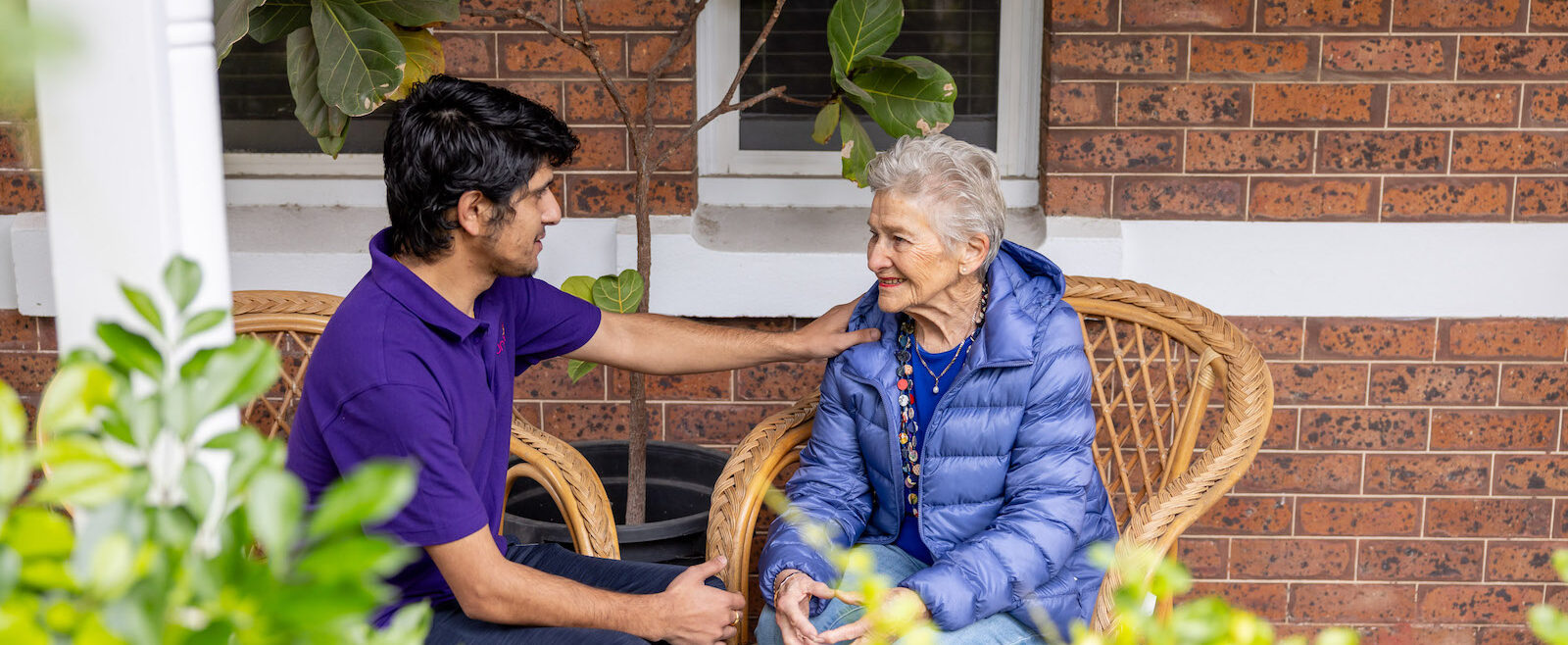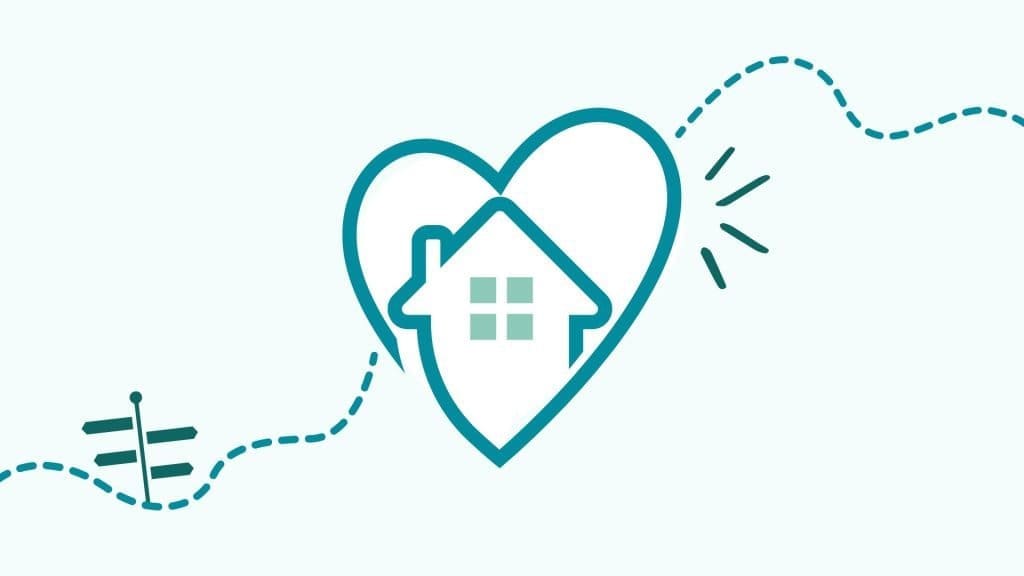Understanding the Link In Between Home Care Providers, In Home Caregivers, and NDIS Support Coordinators
Understanding the Link In Between Home Care Providers, In Home Caregivers, and NDIS Support Coordinators
Blog Article
The Growing Need for In Home Treatment Givers: Reasons Family Members Choose Expert Treatment Over Standard Facilities
The raising choice for in-home caregivers over conventional centers is a considerable trend improving the landscape of older treatment. Families are drawn to the advantages of customized care that straightens with specific needs and preferences, enabling senior citizens to maintain a feeling of freedom in a familiar atmosphere. This shift also highlights the psychological and financial considerations that affect decision-making. As we discover the myriad aspects contributing to this expanding need, the effects for both caretakers and families become progressively evident. What does this mean for the future of caregiving?
Personalization of Care
Personalization of care in home caregiving is necessary for satisfying the unique needs of each individual (ndis support coordinator). This strategy guarantees that care strategies are tailored to the particular needs of the person, considering their medical background, individual choices, and lifestyle. By concentrating on the person's one-of-a-kind circumstances, caregivers can foster a sense of dignity and freedom, which is usually lacking in even more institutionalized settings

Home caregiving enables for continual observation and alteration of treatment techniques, making sure that changes in health and wellness condition or individual preferences are promptly resolved. Eventually, individualized treatment in home settings substantially contributes to the general well-being of customers, making it an essential component of modern-day caregiving techniques.
Comfort of Home Environment
The convenience of a home environment plays an essential role in the performance of home caregiving. Numerous people, specifically seniors, experience increased tension and anxiety when put in strange settings such as conventional treatment centers.
In addition, the home environment enables a customized method to caregiving, suiting specific choices and routines. Households can produce an atmosphere that shows their enjoyed one's way of life, guaranteeing that care is delivered in such a way that really feels natural and comfortable. This customized setup encourages better interaction and interaction in between caretakers and clients, cultivating trust fund and connection important for effective care.
Furthermore, the convenience of home can assist in social links, as household members and close friends can go to a lot more conveniently, providing vital emotional assistance. ndis support coordinator. Overall, the home setting not only helps to maintain self-respect and autonomy but also contributes to a higher high quality of treatment, making it a preferred option for families looking for specialist caregiving services

Improved Self-reliance for Seniors
Home caregiving not only gives comfort however likewise advertises improved independence for seniors. Unlike traditional facilities, at home care allows elders to preserve their daily regimens and participate in familiar tasks within their own atmosphere. This freedom is vital for their emotional well-being and general top quality of life.

Furthermore, at home caregivers can adjust their services to provide particularly to the one-of-a-kind needs of each elderly, advertising a higher sense of control. This flexibility guarantees that seniors can appreciate their hobbies, interact socially with friends and family, and continue to be active in their neighborhoods, additionally improving their feeling of independence.
Inevitably, at home caregiving not just addresses the physical needs of seniors however likewise equips them to lead satisfying lives, making it a progressively popular option for families seeking the most effective care options for their loved ones.
Cost-Effectiveness of In-Home Treatment
At home treatment website link offers a cost-efficient option to typical nursing facilities, allowing families to offer high quality assistance for their enjoyed ones without sustaining inflated expenditures. The expenses related to retirement home can be overwhelming, commonly exceeding $100,000 yearly, which can drain pipes financial sources promptly. On the other hand, at home treatment services generally bill on a per-visit or per hour basis, enabling households to tailor care plans according to their spending plan and specific demands.
Additionally, in-home care removes extra expenses connected with center living, such as area, board and transportation, and various administrative charges. Family members can select to engage caretakers only when required, potentially read the full info here lowering general expenses. A considerable advantage of at home treatment is the capacity to keep personal regimens, which can add to far better psychological health and decrease the demand for expensive clinical treatments arising from sudden way of life modifications.
Insurance protection, consisting of lasting care insurance, usually encompasses at home treatment solutions, better boosting economic ease of access (ndis support coordinator). Generally, the cost-effectiveness of at home care not just reduces the financial concern on family members yet likewise promotes an extra tailored technique to care that lines up with specific preferences and needs
Structure Stronger Household Links
Giving care in an acquainted environment cultivates much deeper family members connections, allowing loved ones to proactively participate in the caregiving process. In-home care produces chances for households to engage meaningfully with their senior or impaired relatives, advertising emotional bonds that can be hard to accomplish in institutional setups. The visibility of expert caregivers enables household members to focus on their relational duties rather than being strained by the physical needs of treatment.
Moreover, at home treatment enables families to keep their cherished routines, which can diminish feelings of anxiousness and disorientation often connected with moving to care centers. Shared meals, familiar surroundings, and the convenience of home offer a feeling of security that boosts health and fosters open communication.
Family members can collaborate with caretakers to create individualized treatment strategies that show the specific choices and needs of their loved ones. This collaborative technique not only empowers the elderly but additionally enhances the advice family, as participants share responsibilities and support each other with difficult times. Ultimately, at home care cultivates a nurturing setting where partnerships can thrive, improving the top quality of life for both recipients and caretakers.
Conclusion
The raising preference for at home caretakers highlights a significant change in exactly how households come close to elderly care. As these factors align, in-home care emerges as a compelling choice to traditional facilities, inevitably promoting the wellness and high quality of life for seniors.
Families are drawn to the advantages of personalized care that aligns with individual requirements and preferences, permitting elders to maintain a feeling of freedom in a familiar environment.In-home treatment offers an affordable choice to standard nursing centers, permitting households to offer top quality assistance for their enjoyed ones without sustaining expensive expenditures. In contrast, in-home treatment services typically bill on a hourly or per-visit basis, making it possible for families to customize care strategies according to their spending plan and certain needs.
In-home care produces opportunities for family members to involve meaningfully with their disabled or elderly family members, advertising emotional bonds that can be challenging to attain in institutional setups.The increasing choice for in-home caregivers highlights a significant change in exactly how family members come close to elderly treatment.
Report this page